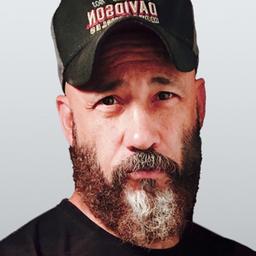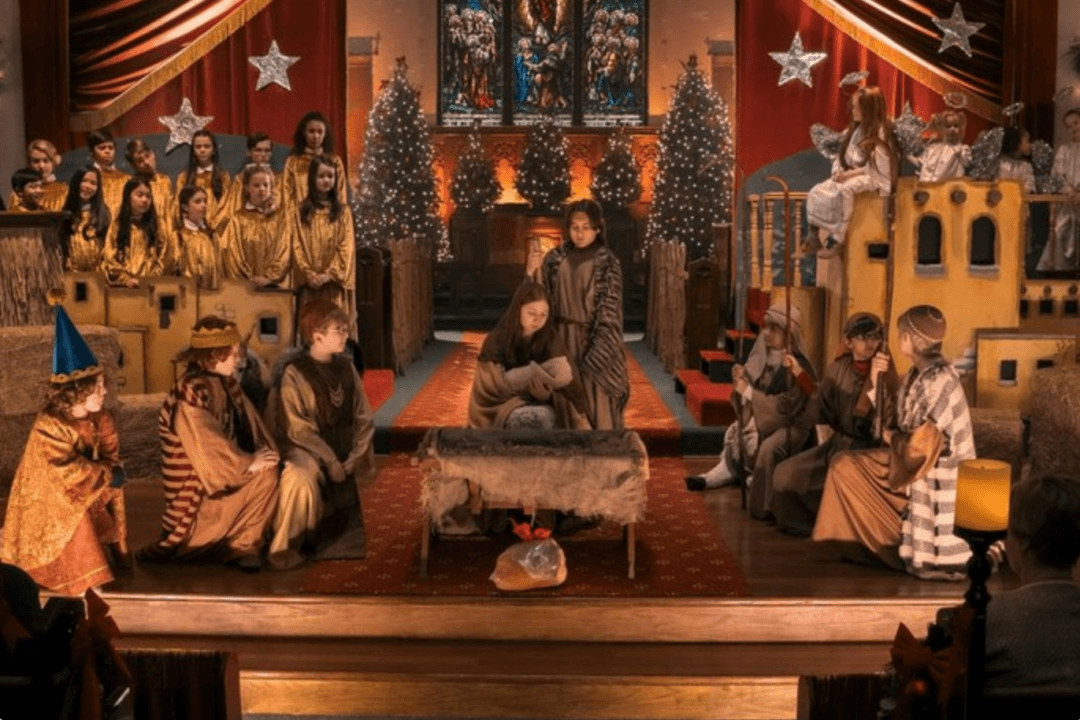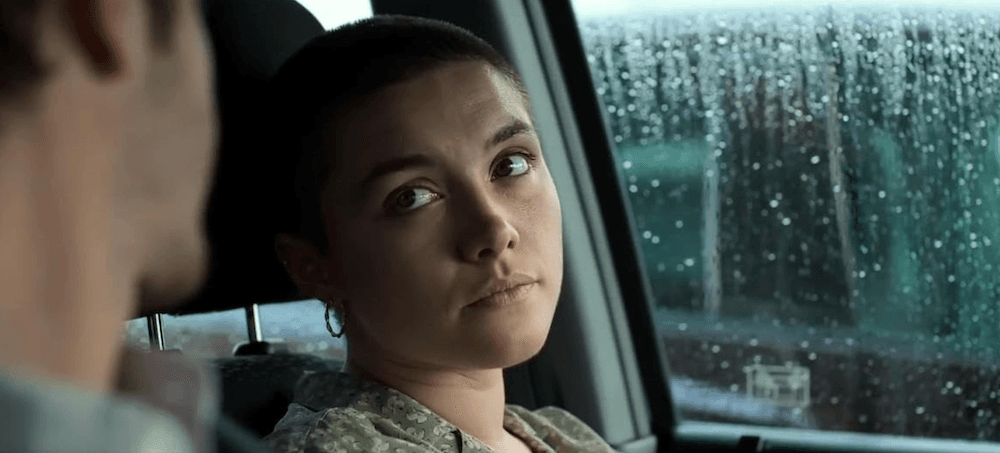In the 1995 comedy “Clueless,” Alicia Silverstone’s breakout character was a blond, mega-popular high school princess. In “The Edge of Seventeen,” Hailee Steinfeld’s breakout character, Nadine Byrd, is a brunette, got-only-one-friend loser. If Nadine dared to try hanging with Cher Horowitz, Cher would snark, “As if!”
And Nadine might counter-snark, “There are two types of people in the world. The people who radiate confidence … and the people who hope all those people die in an explosion.”
Now, while Cher was a little bit of a mean girl, she was also kind of a sweetheart. Likewise, while Nadine says cutting things to those she loves, deep down she’s also a sweety.
And Away We Go
“Seventeen” opens with an empty classroom/recess scene between Steinfeld’s character and her history teacher, played by comic heavyweight Woody Harrelson, in fine form.Nadine’s about to kill herself, apparently. Needs to talk about the best way to do it.

And just when we think Nadine’s about to get a compassionate shoulder to cry on, we get super-snide sarcasm of the best kind—the kind that snuffs her emotional thundercloud like a candle-pinch, accompanied by Harrelson’s incorrigible, slightly manic, clown-faced grin.
And followed by her entitled, unbelieving, slightly wall-eyed, verge-of-hysterics, “Are you even listening to me?!” glare. And you as the viewer think, “Oh, this could be good.”
The rest of the movie circles back, setting up the chain of events leading to this very important, perennial high school preoccupation of choosing suicide options.
Wee Besties
Then we rewind a few years to a meet-cute of the best kind—Nadine meeting her one and only friend, Krista. Seven-year-old Krista introduces Nadine to her black, fuzzy woolly bear caterpillar. Nadine is allowed to be its second mommy. And then it dies in Nadine’s pencil box. And then there’s the sad flushing of the woolly bear down the toilet. And the priceless face of pained reproach, tempered with childhood love for one’s new best friend. Hilarious and touching.
And Back to the Present
That'll mess a girl up, that whole business of watching your dad die in a car crash. And so life’s been miserable. Nadine’s somewhere between a goth and a nerd, but is really one of your free-thinking, precognitive, non-conformist loner girls who tend to become art majors in college.We ignore, of course, that she’s way too pretty to be this socially inept. But it does happen. It happens in Hollywood a lot, in fact. Hollywood is the revenge of the nerds.
Monkey Wrench
So what’s the worst thing that could happen to Nadine’s bestie Krista—now 17 (Haley Lu Richardson)? She could crush fiercely upon Nadine’s stupid bro and hook up with him. “Ugh!” (no, that doesn’t quite capture it) “Aaaaarrgh!!!”
The Pay-off
In the movie’s most important monologue, Nadine describes the boomer/Gen X/millennial differences, and harks back to simpler times, yearning for meaningful conversations, older music, and letting the stuffing out of her peer group’s enslavement to smartphone, taking-photos-of-food inanity. Her reluctant teacher/mentor queries, “Yeah, but do any of them like you?” Followed by the manic grin.“The Edge of Seventeen,” along with Steinfeld’s brand new music video that will turn her into a pop star alongside her major movie stardom, is a one-two combination punch that'll knock you out with the array of talent on display.
Speaking of punching, everyone’s jaw dropped when Steinfeld’s 14-year-old self gave as good she got with seasoned-pro Jeff Bridges in her movie debut in “True Grit.” Here, as mentioned, she dukes it out like a seasoned pro, with Harrelson.
“The Edge of Seventeen” will most likely become the equivalent high school cult-classic for girls (in addition to “Clueless”) that “Dazed & Confused” is for boys.
Now, we’ve seen this kind of snarky high school girl many times before; “The Duff” had one. But Nadine is different in that we sometimes get hit emotionally as an audience by the full payload of her venom and remember why we had a love/hate relationship with moody high school girls. This movie embraces that, and gives way to a character arc that shows the loss of snark and meanness with the gain of wisdom through pain and loneliness.

Such wisdom is given, in part, by her mother, in a rare moment of bonding: “I say to myself, ‘Everyone in the world is as miserable and empty as I am. They’re just better at pretending.’”
That, right there, should perhaps be recited before class in high school. Right after the pledge of allegiance.





